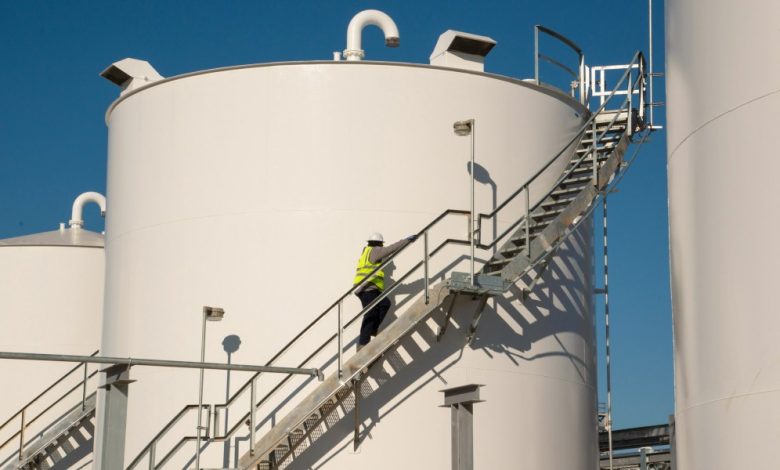2024 Climate Tech Companies to Watch: LanzaJet and its next-generation jet fuel

LanzaJet’s technology makes jet fuel using alcohol, which can be sourced from a variety of materials, including corn and sugarcane. The company’s process starts with ethanol and then uses a series of steps that pull out water, string molecules together into longer chains, and add hydrogen. The result is a chemical mixture, which the company then processes further to separate out the components that can be burned as jet fuel.
The company is a leader in this alcohol-to-jet-fuel pathway. Currently, nearly all commercially available alternative jet fuels use waste fats, oils, and greases as their starting material, but as the industry scales, there’s a growing concern about their limited supply.
This new option for alternative fuels could drastically expand supply and help the industry scale more quickly, which will be crucial to meeting climate targets. LanzaJet opened the first commercial alcohol-to-jet-fuel factory in Georgia in January 2024 and has buyers secured for all the fuel produced at that facility through 2034. British Airways, one of LanzaJet’s investors, will be a customer.
Key indicators
- Industry: Aviation fuels
- Founded: 2020
- Headquarters: Deerfield, Illinois, USA
- Notable fact: LanzaJet spun out of LanzaTech, a company whose main technology uses microbes to convert waste materials into chemicals and fuels.
Potential for impact
Alternative fuels still produce carbon dioxide and other greenhouse gases when they’re burned in a plane’s engine. The difference is that they typically remove some carbon from the atmosphere first. In this case the corn or sugarcane used to make the ethanol soaks up carbon dioxide as it grows. The result is that at least some of the emissions from flying can be considered offset by the process of making the fuel.
LanzaJet’s fuels could cut the climate impacts from burning fuel roughly in half, though the exact amount will depend on the source of alcohol used. The company’s sugarcane-derived ethanol could cut emissions by between 54% and 66%, according to the US Environmental Protection Agency, which certifies low-emissions fuels under the country’s Renewable Fuel Standard program.




